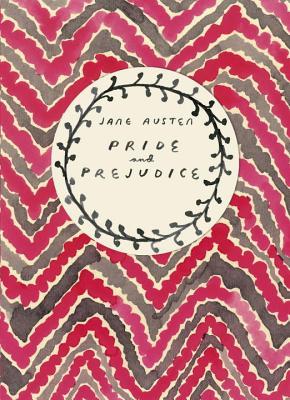Book: Pride and Prejudice
Author: Jane Austen
Country: England (United Kingdom)
Review: 4/5
I picked Pride and Prejudice as my book for England; as it is known as one of the most iconic and renowned pieces in English literature, I had a lot of expectations going into this book and thought it would be the perfect novel to give a little glimpse into this country. While writing this review, I could not help but recognize the major impact the story has had.
I honestly had a difficult time rating this book. I had struggled to connect with the characters and plot at first, especially with the older 1800s writing, and the story was slow-moving in the beginning. I did find the characters to be interesting, for example, the contrast between Elizabeth’s parents is humorous, as well as the hot-headed Mr. Collins. Personally, I thought the main characters were a bit undynamic and I had a hard time picturing these characters. I found many instances where Austen told readers what was happening, and told us the emotions that characters felt, but didn’t show us or make it feel real. I did love that Mr. Darcy wasn’t the typical love interest, he wasn’t the first eligible male character introduced (ex. Mr. Bingley who is the picture-perfect future husband and the traditional ideal for a love interest of the narrative). The fact was, everyone, from the readers’ perspective, truly hated Mr. Darcy.
It was very quickly understood the namesake for P&P: Elizabeth represents the fault of prejudice, and Darcy: pride. While this is somewhat fitting, one of my biggest bones to pick was that Elizabeth’s judgements were valid. She was basing her impressions off of the information that she knew to be true: I don’t think it’s justified even with his redeeming qualities, what Darcy said, “She is tolerable; but not handsome enough to tempt me,” with Elizabeth sitting right there. This remark, after having caught Elizabeth’s eye, is simply cruel.
Again, it may have been a result of reading an older book in the modern era, but I found some aspects confusing that could be fixed quite simply. Elizabeth and her siblings could have been introduced in a way to better defines the girls’ differing characteristics. The use of “Miss Bennet”, a title that correctly names 5 different people in the novel, created ambiguity, and we hardly knew what Darcy’s first name was.
The reveals about Darcy’s true character, the proposals, and the disappearance of Lydia Bennet were key moments that drew my attention and added some excitement to this novel. As I mentioned, I also admired the main love interests having an unconventional history in their relationship, and the connection between Elizabeth and her aunt as well as her sister Jane was authentic and relatable.
I also see it as a great representation of the time period if you are looking for a closer account than that of a history book. This novel has been studied endlessly by others, so I won’t dissect the conversation too much more here myself. I am looking forward to watching some of the film adaptations and gaining a larger appreciation for this iconic story. Stay tuned for other book recommendations for this country and other countries, and follow my journey on Instagram @beyondpageone and find more reviews on my GoodReads page: https://www.goodreads.com/user/show/116494925-kaitlyn-nightingale Thank you and happy reading!
Feature image from Goodreads.
